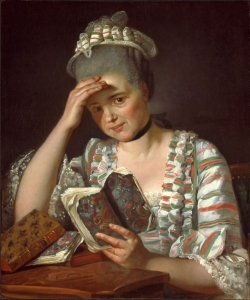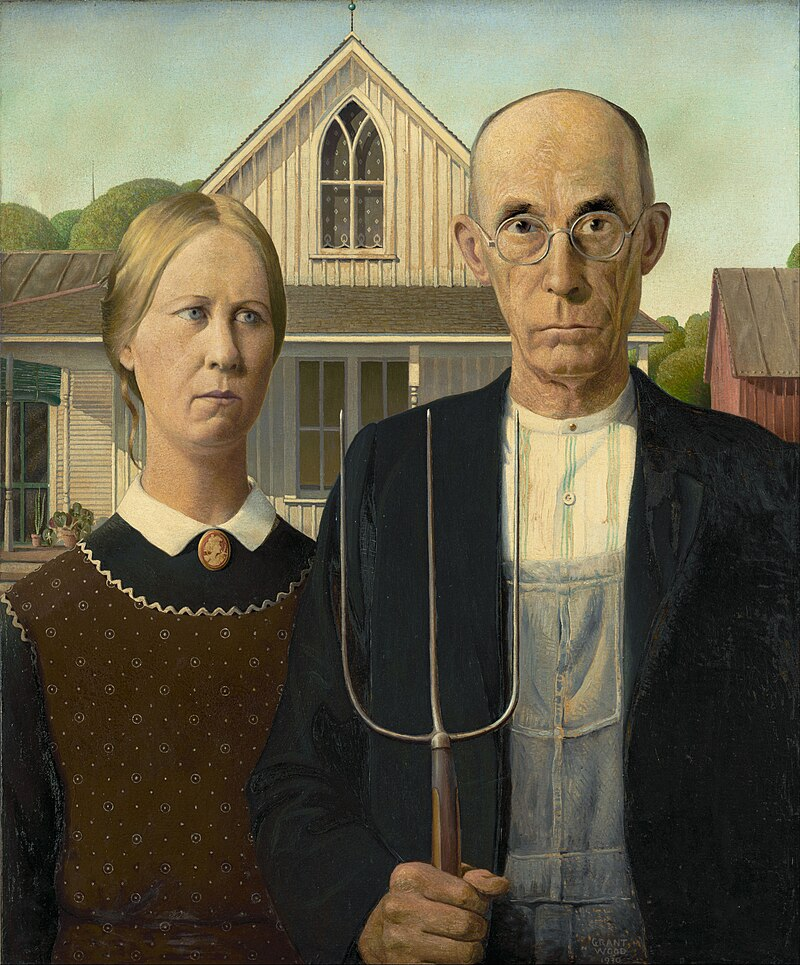Baroque Blog
Medusa, Michelangelo Merisi da Caravaggio - 1597
Caravaggio has some amazing paintings and it was hard to choose which one I liked the most. I found Medusa and was completely taken by the detail and expression. Caravaggio did this oil painting on canvas in 1597. Caravaggio was fascinated with the myth of Medusa and the monster like look she gave. In this specific painting Caravaggio uses his own face in place of Medusa's as a way of showing that he is immune to her gaze that turns people to stone (Medusa (Caravaggio)). I think it is very interesting that Caravaggio used his own self portrait in this painting. Instead of using the actual face of Medusa, he wanted to use his own face and portray that he is immune to her powers and cannot be turned to stone. Even though the myth of medusa may not be real, Caravaggio wanted to portray that he was real and show a real person in his painting (Medusa (Caravaggio)). Although the head is decapitated, it shows the final moments and emotions in the face. Blood is spilling out of the neck and some of the snakes are hanging as if they were slowly starting to die (Medusa (Caravaggio)).
The rise of the merchant class is best fit for Caravaggio as his art started to become more well known in the merchant class. His paintings were showing more realism and humanism (Farrell The revolutionary realism of Caravaggio). Even some of his more religious paintings had real life models to portray the people and violent events in his paintings were real.
Farrell, Jenny. “The Revolutionary Realism of Caravaggio.” Culture Matters, https://www.culturematters.org.uk/index.php/arts/visual-art/item/3792-caravaggio.
“Medusa (Caravaggio).” Wikipedia, Wikimedia Foundation, 3 Feb. 2023, https://en.wikipedia.org/wiki/Medusa_(Caravaggio).




Comments
Post a Comment